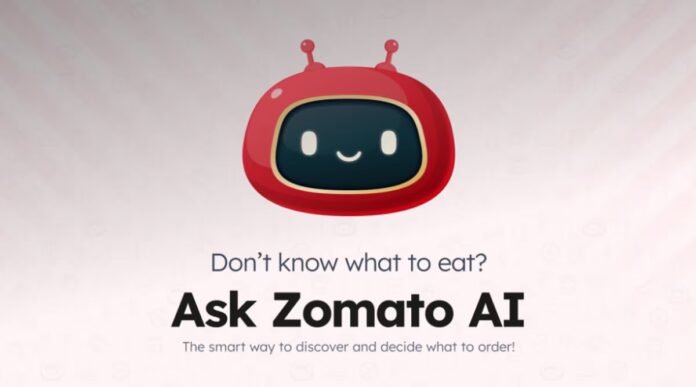Have you ever wondered how Zomato seems to know what you’re craving before you do? This is no coincidence. The platform uses a sophisticated Zomato AI food prediction engine powered by machine learning and behavioral data analysis to tailor your experience. This cutting-edge approach in AI in food tech is changing the way users interact with food delivery platforms, making the process not just faster, but smarter.
Let’s explore how Zomato is leveraging artificial intelligence to transform food discovery, delivery, and even dining habits.
The Rise of AI in Food Tech
Artificial intelligence has deeply influenced industries like finance, healthcare, and e-commerce. The food delivery industry is no exception. Zomato, one of India’s leading food delivery platforms, is increasingly investing in AI in food tech to deliver personalized user experiences and improve operational efficiency.
From estimating delivery times to recommending dishes you’re likely to order next, Zomato’s algorithms analyze massive datasets to draw intelligent conclusions in real time.
How Zomato’s AI System Works
Zomato’s AI works behind the scenes, utilizing data from various sources:
Order history
Browsing behavior
User reviews
Search patterns
Time of day
Location data
Current food trends
By analyzing this data, the system can make highly accurate personalized food recommendations. For instance, if you often order biryani on weekends, Zomato might highlight similar dishes or promote your favorite restaurant around that time, often before you even initiate a search.
The AI also adapts. If you begin experimenting with vegan dishes, Zomato will start showcasing plant-based meals higher in your feed.
Zomato’s Machine Learning in Action
At the core of Zomato AI food prediction lies machine learning (ML). The platform uses ML models trained on millions of data points. Here’s what these models can predict:
What type of food you’re likely to order next
When you’re likely to order (time of day, day of the week)
What price range suits your preferences
Which restaurant you’ll choose based on past ratings and preferences
This results in better customer retention, as users feel that the app “understands” their needs intuitively.
Dynamic Menus and Real-Time Suggestions
One of the smartest features powered by food delivery algorithms is the dynamic reshuffling of menus and search results. Unlike a static list, Zomato uses AI to highlight the most relevant dishes or restaurants to a user. These are not only based on popularity but also on individual habits and even external factors like weather or ongoing festivals.
For example, during monsoon season, users may see more hot beverage or spicy snack recommendations. This is AI personalizing your choices based on seasonal context.
Behind the Screens: The Tech Stack
While Zomato hasn’t publicly disclosed every technical detail, it’s widely known that the platform uses:
Collaborative filtering algorithms (like those used in Netflix)
Natural language processing for analyzing reviews and feedback
Deep learning models to continuously improve food suggestion accuracy
Predictive analytics to anticipate future behaviors
These tools make data-driven dining a practical reality for millions of users.
AI-Driven Operational Efficiency
It’s not just the customer experience that benefits. AI also powers logistics and backend operations:
Delivery time prediction models consider traffic, weather, and kitchen delays.
Resource allocation systems assign delivery partners efficiently.
Inventory forecasting helps Zomato partners manage food stock based on predictive demand.
This results in faster deliveries, fewer cancellations, and happier customers.
Ethical Considerations and Data Privacy
While Zomato AI food prediction is a technological marvel, it also raises questions:
How is your data being used?
Is it being sold to third parties?
Are predictions nudging your decisions too aggressively?
Zomato claims to prioritize user privacy, but as AI models get more powerful, transparency and ethical boundaries will become more critical.
The Future of AI in Zomato’s Ecosystem
Looking ahead, Zomato may take this even further:
Integrating voice-based ordering with predictive suggestions
Augmented reality menus powered by AI
Integrating health data to recommend meals aligned with fitness goals
As AI becomes smarter, your food choices might soon be influenced by a combination of your mood, biometrics, and even wearable data.
Conclusion: A Taste of the Future
Zomato is no longer just a food delivery app—it’s a data-driven dining assistant. Through Zomato AI food prediction, the company is redefining how people interact with food. By learning your habits and preferences, it curates a more intuitive and personalized experience.
While the future looks promising, the challenge lies in balancing personalization with privacy, and innovation with ethical responsibility. One thing is clear—when it comes to what you’ll eat next, Zomato might already know before you do.
